Is the problem affordable housing, low pay, or both?
by Alexis Tsoukalas, MSSA; 2020-2021 Thrive Economic Stability Fellow
Central Florida is booming. In the past decade, Orange County’s population grew 22% to nearly 1.4 million. Within nine years, Central Florida is expected to attract 800,000 new residents, about 1,500 per week. Furthermore, COVID-19 quarantines illustrated the flexibility of remote work, so many companies are relocating to Florida in favor of lower tax burdens and better weather.
Despite this growth (or because of it), too many Central Floridians live in poverty and lack quality, affordable housing and employment, rendering economic stability elusive. Moreover, these hardships are inequitably distributed among area residents, including survivors of domestic violence, Floridians with disabilities, women, people of color, immigrants, LGBT+ residents, adults aged 65+, and returning citizens.
Labor Issues in Central Florida
Unfortunately, being educated and employed are not enough to achieve economic stability for many Central Floridians. More Orange County residents aged 25+ have a college degree than the rest of Florida and U.S., and its share of residents 16+ in the labor force is much higher, at 67% participation.
Nevertheless, Orange County residents are more likely than other Floridians and Americans to live in poverty, with 14-15% living below the federal poverty level—this was before the pandemic. Unemployment hit Central Florida’s service- and tourism sectors especially hard during COVID-19-related shutdowns, driving even more residents into poverty.
Florida is ranked 50th out of the top 50 metro areas in the country for its median wages. Central Florida’s service-heavy jobs have kept pay stagnant, even as the cost of living and housing have increased. More working people are relying on overtime, multiple jobs, gig (i.e., Lyft, Instacart) work, and meager public assistance to survive. Florida’s impending minimum wage increase has potential to address some of these concerns, but even workers earning well above the minimum wage are struggling, so this is just one piece of the puzzle. Nearly half of Orange County residents are unable to make ends meet and more than 1 in 3 are just one unexpected financial crisis away from economic ruin.
Affordable Housing Crisis
In Orange County, 40% of residents are cost-constrained (spending more than 30% of their income on housing). To afford a one-bedroom at 2021 fair market rent in the Orlando area, a resident would have to work 50 hours per week at the average renter wage ($17.43/hour). Fair market rent refers to the cost of rent and essential utilities (no cable or internet) for a modest rental in the current market.
Catalyzed in part by the pandemic, evictions are on the rise, especially for Black Central Floridians. Housing loss threatens residents with homelessness and negatively impacts landlords and the larger community. Worse, evictions tend to spike in the summer, which is especially dangerous for Central Floridians facing record high temperatures. Many local restaurant and gig workers struggle to pay rent and electric bills (including air conditioning) during hot summers when business wanes.
Take these situational factors and combine them with numerous other realities (i.e., lack of housing demand to meet Central Florida’s rapid growth, urban sprawl, outdated local zoning laws, high cost of development), and it is no wonder we are in the midst of an alarming affordable housing crisis.
Where Should We Focus Our Efforts?
“It is hard to know if the issue is lack of affordable housing or lack of good-paying jobs. Or maybe it’s both.” This is a sentiment community advocates routinely expressed to THRIVE when asked what the top barrier Central Floridians face to economic stability is right now.
Maybe it’s both is the key phrase. The above data demonstrate that lack of steady, adequate income and the ability to afford decent housing are interrelated. There are an estimated 12,000 nonprofits in the Orlando metro area, many of which duplicate services but lack adequate resources to fully meet their communities’ growing needs.
Part of THRIVE’s purpose is to coalesce these diverse public and private organizations to address interrelated issues, recognizing that a siloed approach is unsustainable. And to realistically and sustainably address both affordable housing and inadequate income, it will take all of us working together.
“The only true and sustainable prosperity is shared prosperity.” –Joseph E. Stiglitz, Nobel laureate economist and professor
